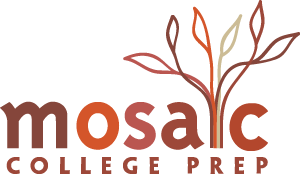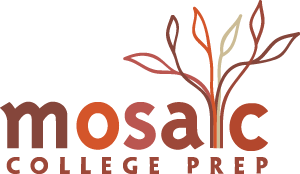Around this time each year, high school juniors begin formalizing their college lists – reflecting their hopes, their dreams, their fears … and, unfortunately, sometimes also misinformation and hearsay.
Given the fact that there are over 3,000 colleges and universities in the United States alone, students tend to focus on college names they already know to simplify the process of building a school list. Some students include a college because a friend enrolled last year. Others choose a school for its winning football record. Still others turn to ranked lists like US News and World Report’s Best Colleges. Although using “Best of” lists can be a great source of information, it is important that these lists are reviewed and understood in the right context.
There are a number of problems with accepting “Best of” lists at face value. For one, ranked lists create an algorithm, reducing the value of a college to an equation that is fairly generic and may or may not translate to the needs and desires of any given student. It will not, for example, measure the difference between different majors. How often are biology majors in classes with more than 100 students versus classics majors? How strong is the reputation of the psychology department as opposed to the chemical engineering department? For simplicity’s sake, a ranked list will average experiences, rather than highlighting key differences.
Rankings will often also survey “qualified experts” to try to ascertain a school’s reputation. The USNWR ranking, for example, gives almost a quarter of the weight (22.5%) of its overall ranking to peer assessment from senior administrators and high school college counselors. As with all opinion-based surveys, the information is only as accurate and up-to-date as the survey taker has committed his or herself to being. Is it possible that the Provost or President of one institution might not be up to date on all of the program changes and improvements at his or her peer institutions, or that a high school counselor’s opinions might be colored by prejudices or outdated information? It’s important to acknowledge that almost a quarter of the data used is perception-based and therefore as much about branding and communication as anything else.
Also, it’s useful to understand that the calculation reflects a college’s endowment – not how efficiently an institution uses its budget, but the overall pool a school has access to. The “strength of faculty” portion of the ranking takes into consideration faculty salary. Additionally, 10% of the ranking is based on how much a school spends on programs and resources per student, though the methodology is not sophisticated enough to measure the value or strength of these programs. At a time when tuition continues to rise astronomically every year, is it right to incentivize schools to spend for the sake of spending?
So what are some ways to build a college list without leaning too heavily on rankings? Unfortunately, there is no perfect source for college ideas, but there are a number of great places to start to help a student sort through the thousands of options right at their fingertips, without relying on a “Best of” list. Students can search for free on a number of search engines like The College Board’s Big Future, which allows students to browse through schools based upon their test scores & selectivity, type of school, location and even by diversity. Another excellent resource is the Fiske Guide, which provides comprehensive profiles on over 300 of the best colleges, can be accessed as an iPad app or as an old-school paper book (featuring a whooping 3.3 pounds of college information). While any profile should be read with a grain of salt, the Fiske Guide does a good job of providing balanced write-ups on a college’s academic strengths, social offerings and unique opportunities. College Counselors, both independent and those at your school, are a wealth of information when it comes to helping students find schools that truly excite them! By taking a little extra time and looking into the different schools available, students can pull themselves out of the myth of there being a “Best of” school and into the reality of finding a “Best for Me” school.
UPDATED 6/16/14: Just after our entry, US Higher Ed posted an interesting article about what is behind the US News Rankings. Check it out here for more information on just what is behind the top 20 ranks!

